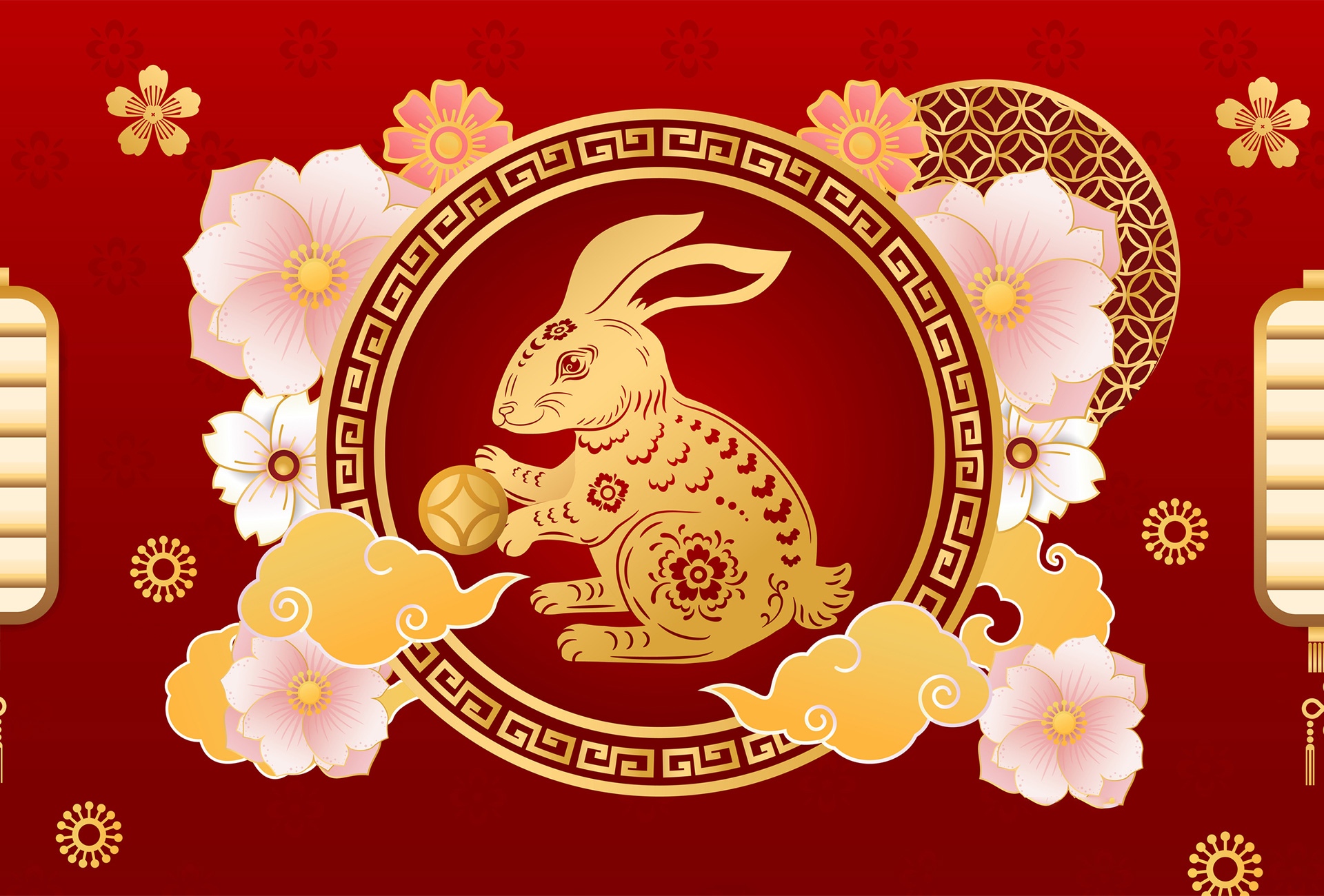Even before the totality of results has been announced, it is already clear that 2022 was an excellent year for the luxury industry. LVMH reported record revenue of €79.2 billion, up 23%. Of this, €10.6 billion came from the Watches & Jewelry business group, a rise of 18%. Richemont recorded a sales increase of 18% for the nine months ended December 31, 2022, while Swatch Group increased its sales by 2.5% in 2022. This relative counterperformance is due mainly to a significant fall in sales in China, as the group explains: “Year on year, the sales shortfall in this region amounted to more than CHF 700 million. The fourth quarter was particularly affected. First the lockdowns, and then the massive Covid wave, after the measures were lifted, led to shortfalls of over 30% in this quarter. The decline in the month of December alone was around minus 50%.”
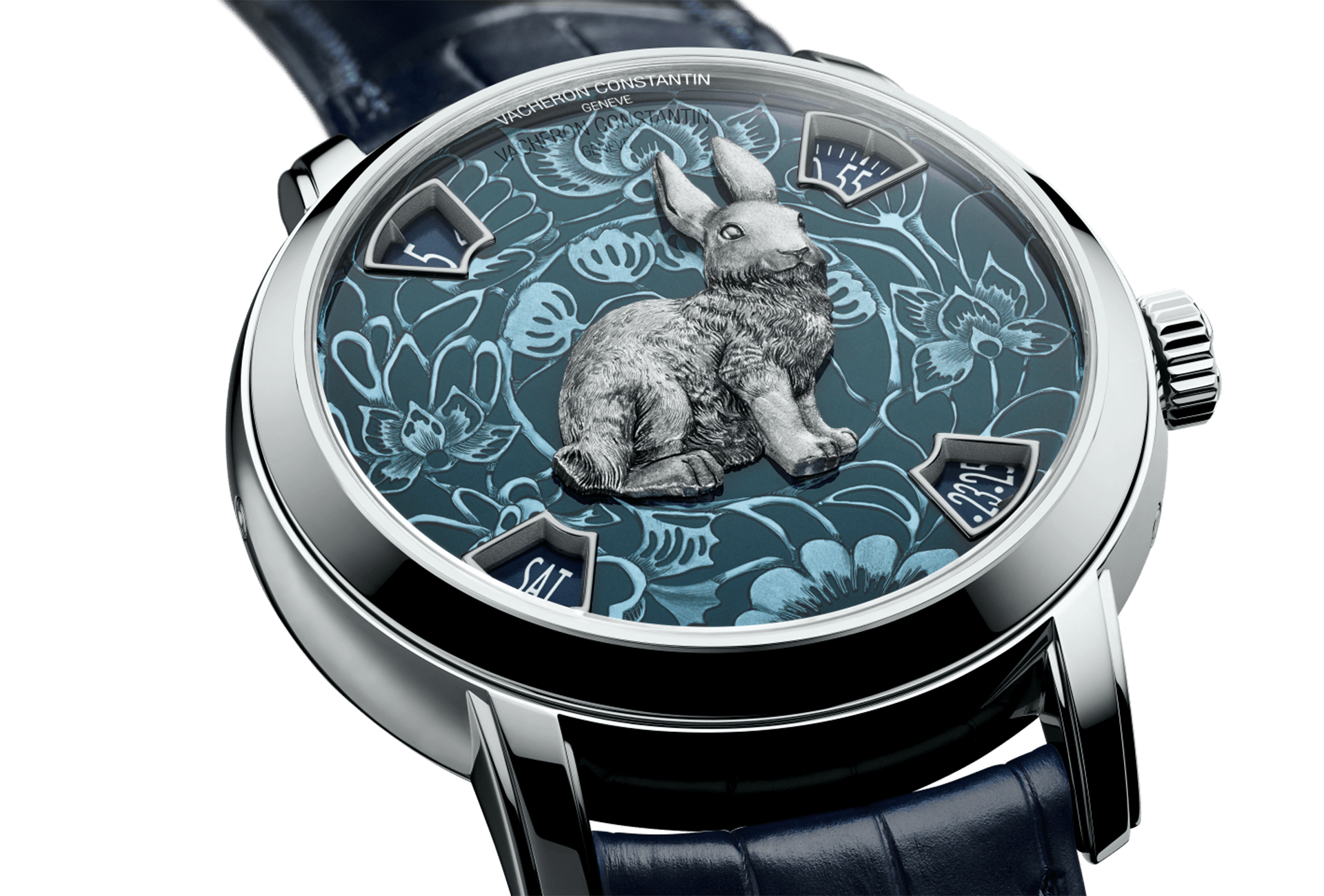
The difficulties encountered by Swatch Group at year-end are reflected in figures published by the Federation of the Swiss Watch Industry. Shipments of Swiss watches to China lost 11.5% in November then 22.5% in December. For the same two months, exports to Hong Kong shrank by 9% and 20%. The challenging business environment in China affected every luxury company to varying degrees. At Richemont, for example, sales by the group’s Specialist Watchmakers were down 3% between October and December 2022. This reflects the double-digit decline recorded in Asia Pacific, which accounts for half their sales. In contrast, activity by the group’s Jewellery Maisons, as well as Fashion & Accessories, gained 10% over the same period. Overall, Richemont’s sales gained 8% in the third quarter of its current financial year.
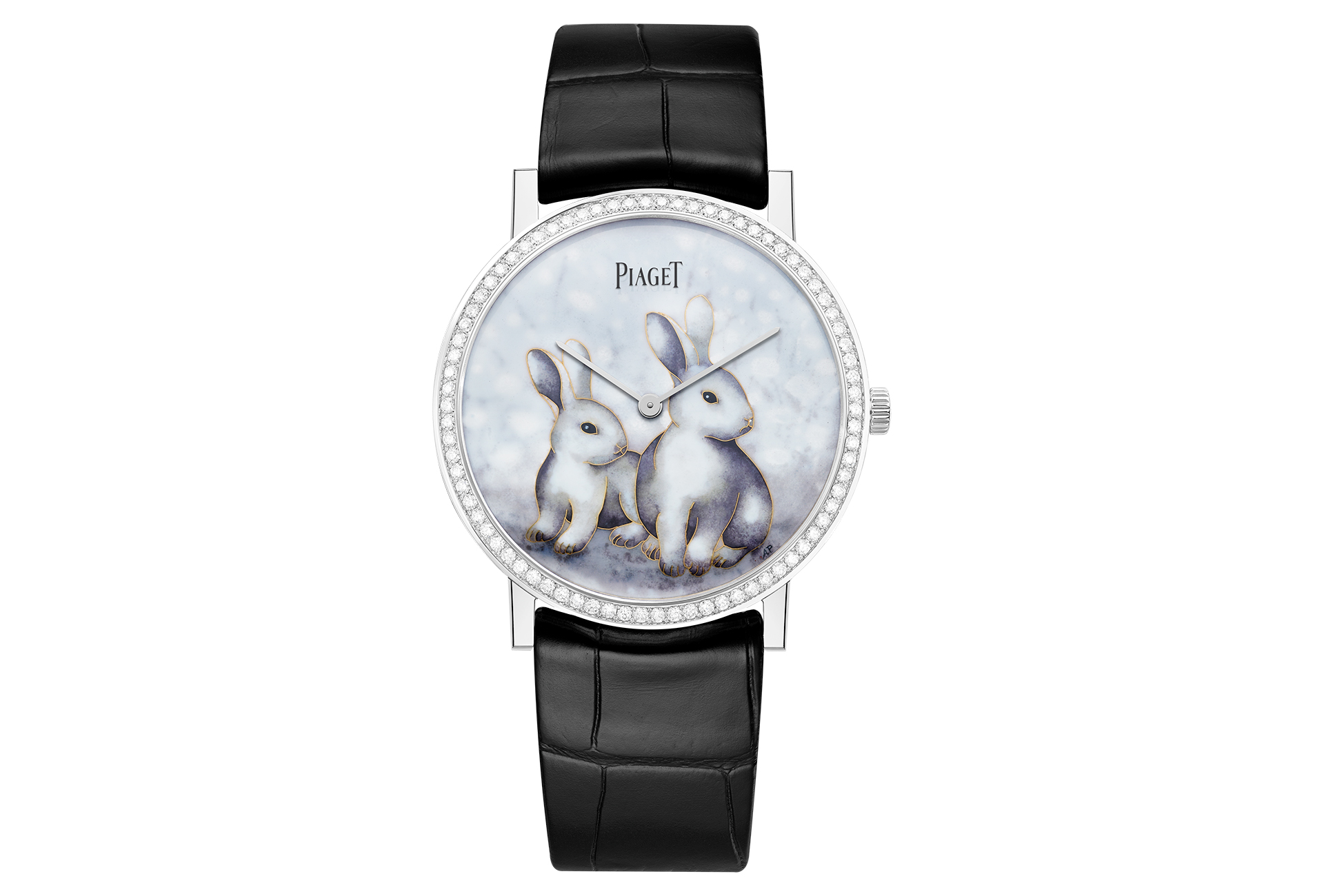
Whereas China weighed on watchmakers’ performance last year, sales in the United States shot up with a 26.2% increase in shipments – ahead of the approximately 20% growth recorded in the European Union (including the UK). This continued demand for Swiss watches, while based on data supplied by the Customs administration rather than end sales, nonetheless shows strong resilience in a year marked by economic travails. A surge in inflation, fuelled by an energy crisis and supply problems, prompted interest rate hikes at central banks, coupled with the ongoing uncertainty due to the war in Ukraine. And the main factors responsible for this negative environment haven’t gone away. Although economists such as Patrick Artus, a professor at Sorbonne University in Paris and senior economic advisor at Natixis, have ruled out recession, they expect sluggish growth in 2023, in particular for the first six months. The IMF takes a similar outlook. Its latest forecast is for GDP to grow 1.4% in the United States and 0.7% in the Euro zone in 2023. This should be sufficient for watch sales to cool off and bring global Swiss exports – +31.2% in 2021 and +11.4% in 2022 – back down to earth. Unless, that is, China bounces back as swiftly as the rabbit that is the symbol of the new lunar year.
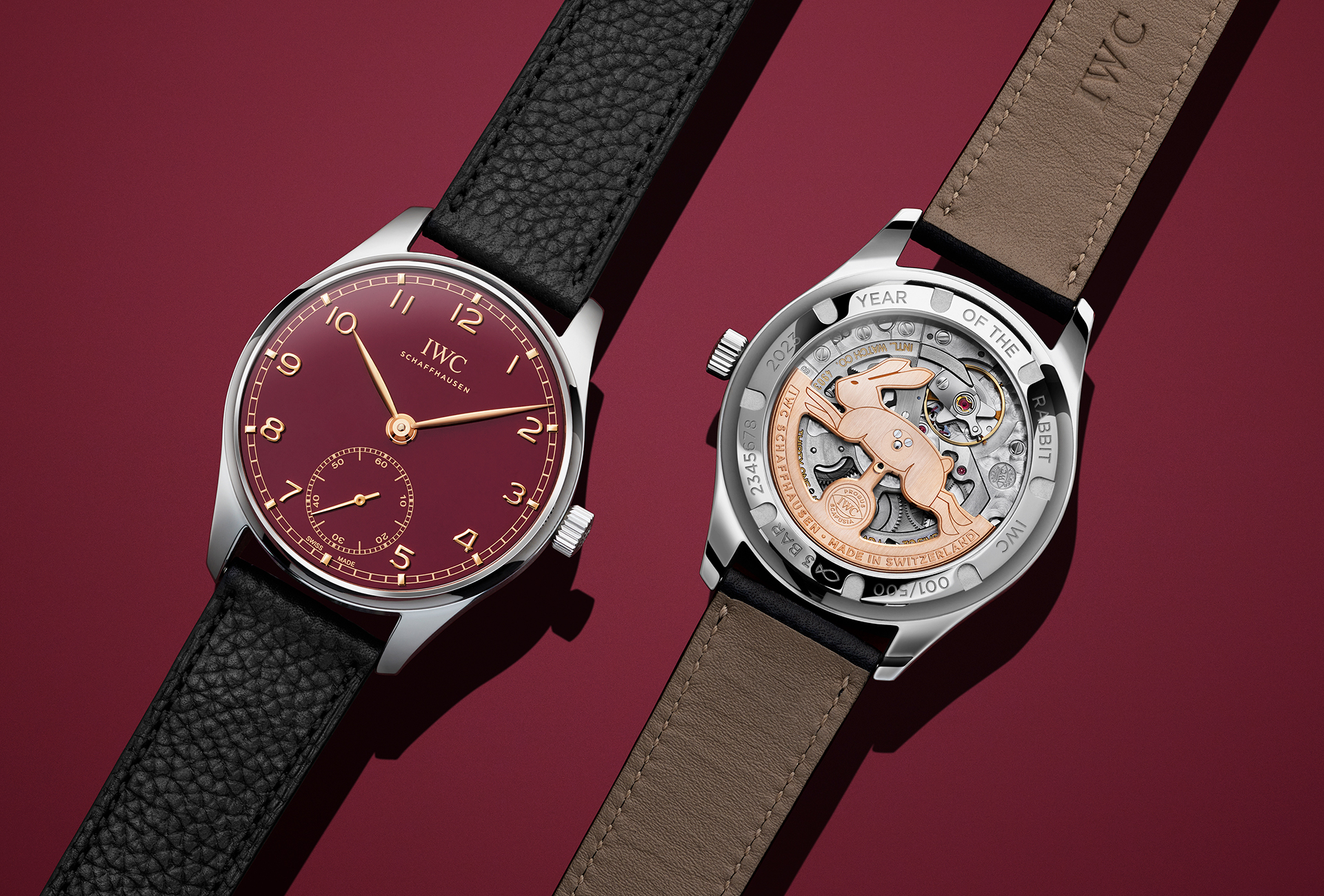
“The situation has changed since the Chinese government lifted its anti-growth zero-Covid policy at the end of last year,” comments Frédéric Rollin, senior investment advisor at Pictet Asset Management. “Whereas the figures coming out of the Chinese market were still poor in December 2022, there is now a definite upturn as statistics come closer to pre-pandemic levels. The outlook for consumption is also positive. A consumption lag in the region of 10% coupled with increased household savings suggests we can expect a catapult effect similar to the one seen in countries as they exit crisis.” “China is reopening earlier than expected,” says Cosmo Zhang, credit analyst at Vontobel Asset Management. “Despite peaks in Covid infection rates in most cities which are impacting economic activity in the short term, economic recovery shouldn’t be far off.” The Chinese stock market is already anticipating this upturn, with an increase in share prices since October in the region of 50%, as Frédéric Rollin notes.

Looking back to 2021, when the main global economies were just beginning to lift Covid restrictions, China recorded the highest GDP growth of all the G20 countries – an upturn reflected in the almost 50% increase in watch exports to China in 2021 versus 2019 (2020 is not a reliable base for comparison). Will we see more of the same in the coming months? “Chinese customers are poised to account for 50% of the luxury market and by 2025 will make 28% of their purchases locally, compared with the current 11%,” says John Plassard, senior asset specialist at Mirabaud, who sees this as a strong growth opportunity for luxury brands.
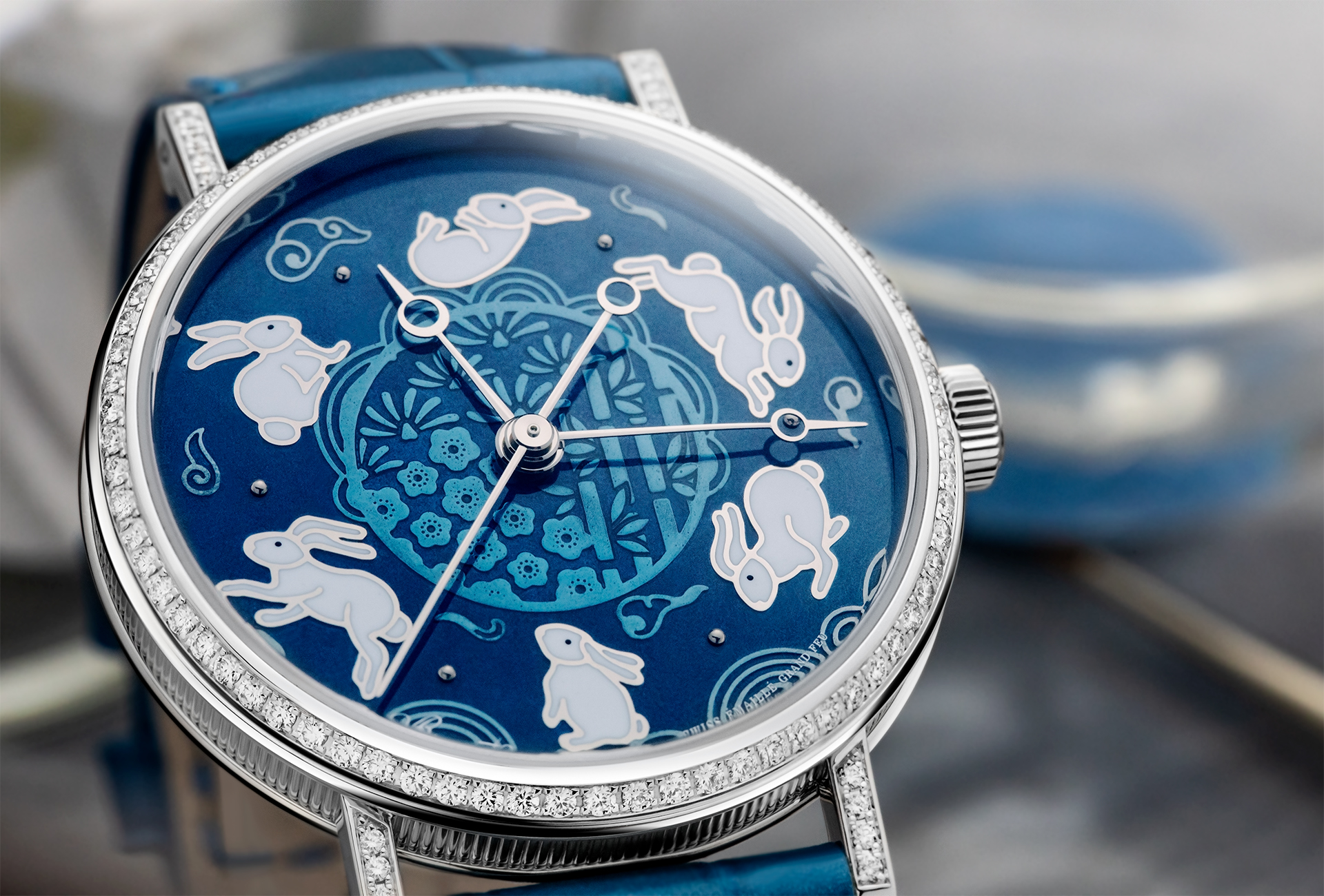
Published in January 2023, the latest Bain-Altagamma luxury goods worldwide market study, “Renaissance in Uncertainty: Luxury Builds on Its Rebound”, confirms this view. Among the growth engines identified by the report between now and 2030, alongside younger generations and online retail, the consultancy firm forecasts that “Chinese consumers should regain their pre-Covid status as the dominant nationality for luxury, growing to represent 38%–40% of global purchases” and that “Mainland China should overcome the Americas and Europe to become the biggest luxury market globally (25%–27% of global purchases).” Elsewhere, analysts point to a highly favourable scenario for the Chinese economy in 2023. “The reopening of China after the zero-Covid period will probably be this year’s major macroeconomic event,” writes Alan Mudie in the Woodman Asset Management newsletter. Looking beyond the current year, how the situation in China will evolve isn’t as clear-cut, particularly given the uncertainties surrounding the country’s demographic trends and its property market. In the meantime, watchmakers doing business in China will do well to borrow the rabbit’s qualities of vigilance, agility and speed.








